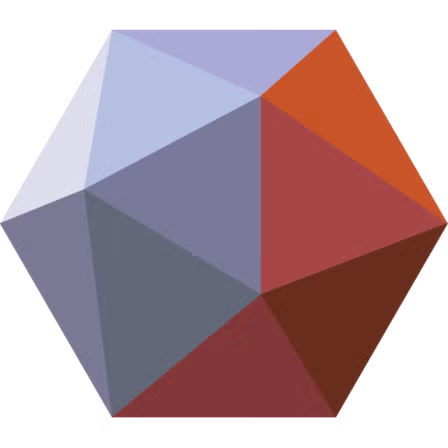“Make Solid” Demystified: Preserve Detail, Kill Self‑Intersections
Introduction: Why “Make Solid” Is Essential for Clean 3D Printing The “Make Solid” tool in Meshmixer is one of the most crucial yet misunderstood features for 3D modelers and printing enthusiasts. As 3D printing has surged in popularity, more creators have encountered models riddled with errors—holes, self-intersections, floating shells, and thin walls—that standard slicing software…
